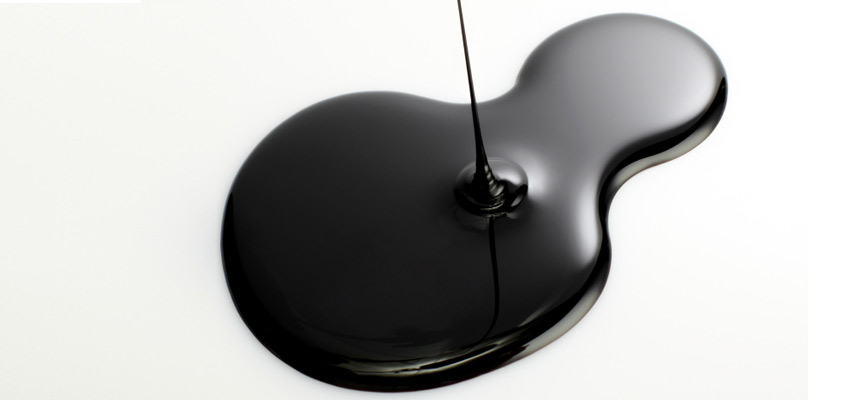Mineral oil components can enter food in various ways, e.g. via packaging and lubricants in food production. They are analytically divided into the groups MOSH (Mineral Oil Saturated Hydrocarbons) and MOAH (Mineral Oil Aromatic Hydrocarbons).
For MOSH the EFSA (European Food Safety Association) came to the conclusion, that there is currently no health risk for the European population through intake via food. However, data on long-term accumulation in organs and tissue are still incomplete.
The situation is different for aromatic mineral oil components. In a "worst case" scenario, the authority assumes a health risk for all humans, since especially the fraction with three or more aromatic rings in the molecular structure of the MOAH group has mutagenic or carcinogenic potential. However, the data on the occurrence of this MOAH fraction in food is still too thin and a reliable analytical differentiation within the mineral oil contaminants is very difficult.
For MOSH and especially MOAH, there are currently no limit values in the EU. However, the ALARA principle ("as low as reasonably achievable") also applies here, which means that the concentration in food should be lower than the currently analytically achievable determination limits.
These are currently as follows for the individual fractions:
| MOSH and analogue | LOQ [mg/kg] | MOAH | LOQ [mg/kg] |
| ≥ C10 to ≤ C16 | < 1.0 | ≥ C10 to ≤ C16 | <0.25 |
| > C16 to ≤ C20 | < 1.0 | > C16 to ≤ C25 | <0.25 |
| > C20 to ≤ C25 | < 1.0 | > C25 to ≤ C35 | <0.25 |
| > C25 to ≤ C35 | < 1.0 | > C35 to ≤ C50 | <0.25 |
| > C35 to ≤ C40 | < 1.0 | ||
| > C40 to ≤ C50 | < 1.0 |
YOUR PLUS: Our laboratory AGROLAB Dr. A. Verwey analyses foodstuffs, feedstuffs and their raw materials for possible mineral oil residues (MOSH/MOAH) using state-of-the-art LC-GC FID + multidimensional GC-GC (Q)M technology.
Author: Dr. Frank Mörsberger

 Contact
Contact

 Contact
Contact Career
Career